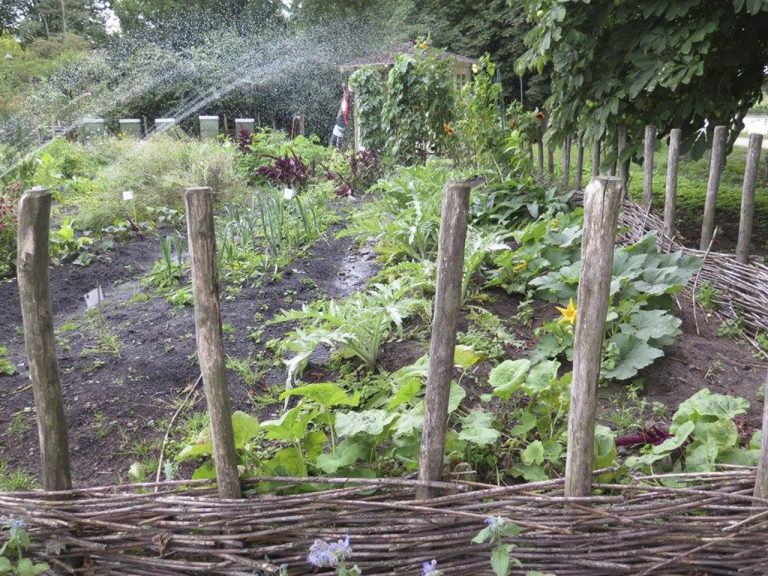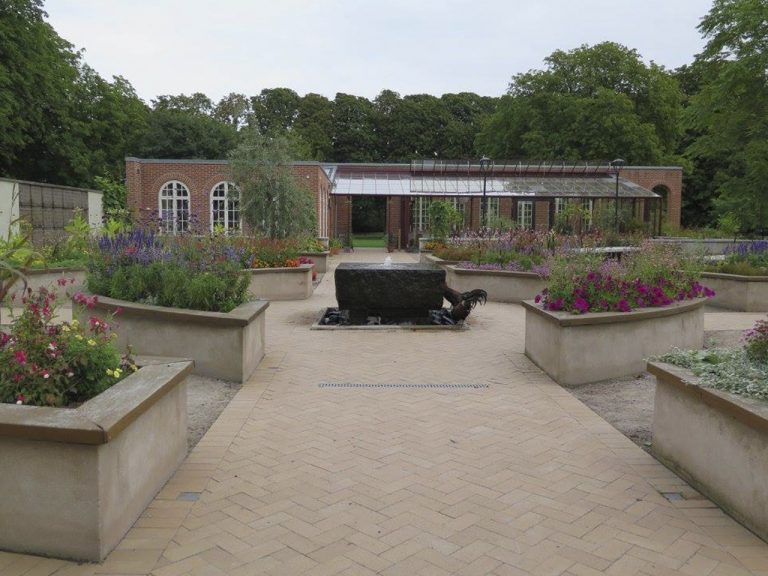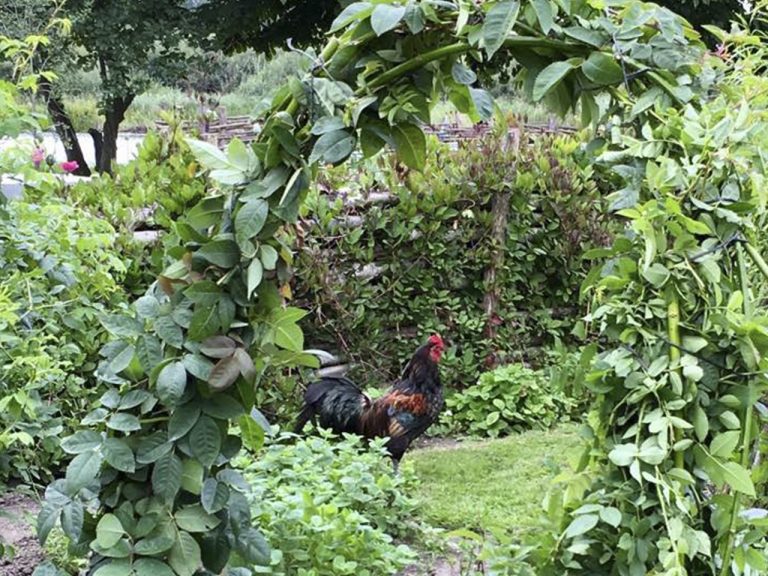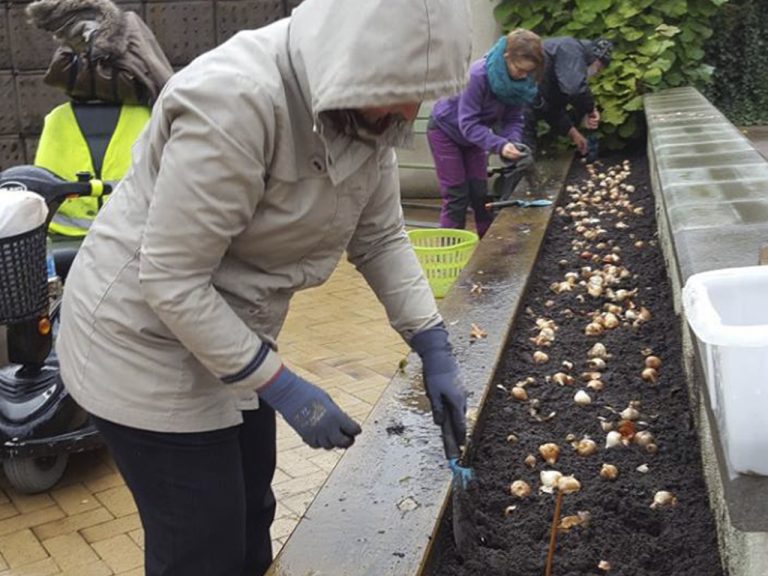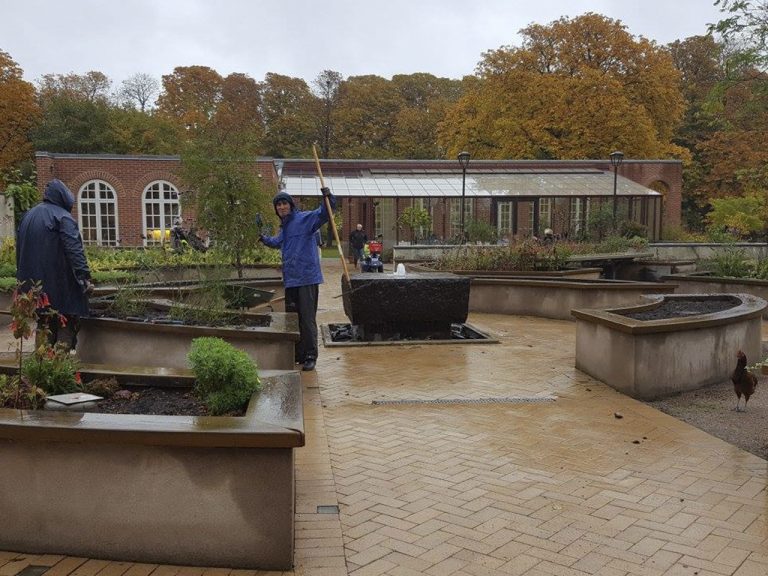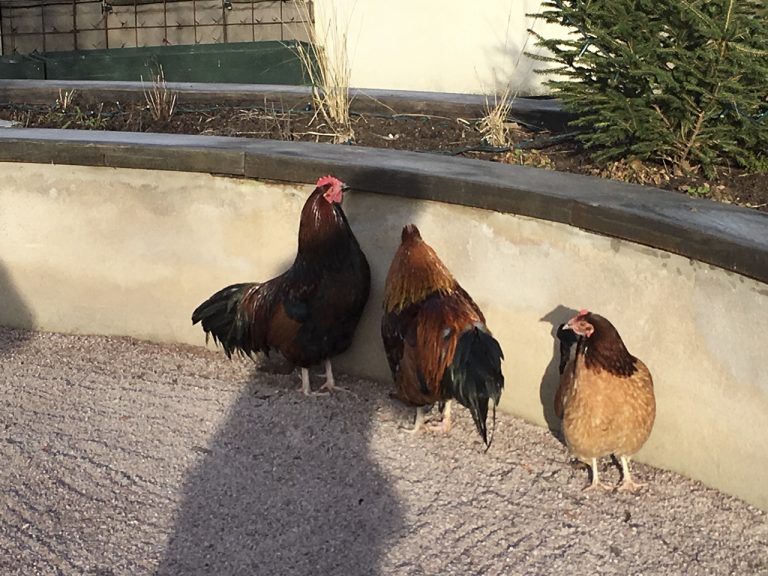Threats/Challenges
In the Health Garden where many people want to participate, problems can sometimes be created, about how everything should be managed and how the tasks should be divided. In the beginning, when the garden was under construction, there were many people that had differing opinions, and it was decided together at a meeting on how they would make everything work. It is important that everyone who is involved in the garden knows what tasks and responsibilities they have, but also that they respect the times of the other groups and how they handle their tasks.
The gardener began by calling for a meeting of the various volunteer associations who were interested in participating. They decided which days and times each one would have at their disposal. They went through what would be planted and which ones would have responsibility for the different parts of the garden.
They made decisions together on how groups could make study visits, how they should run cultural days and all events such as the manufacture and sale of products coming from the garden, such as homemade marmalade. They decided that Hälsoträdgården’s friends would be responsible serving coffee with homemade cakes when there were events during the year.
Together, they began to solve the problems that existed. They meet once a month with everyone who is in the working group who is selected by the different members The Board of Directors has the chair, secretary and treasurer. The number of members is currently 120.
Before the meeting, the group went through the various associations and decided the agenda to ensure, that everyone can actively participate in the care of the garden. The groups that are involved, come from different cultures and are new arrivals as well as others that have been in Sweden for a long time. There are people with disabilities and a large group are seniors.In order to collaborate group, decisions are made on the various activities that will take place in Health Garden during the spring and summer.
The challenge of having immigrants as trainees can be laborious for the gardener who is their supervisor. There are many questions that they need answers to, both within the work but also other things related to social life, and about Sweden and how Swedish society works and cultural differences.
The challenges of getting volunteers to set up can sometimes be difficult to handle, as it is only a gardener and 2 interns who are responsible for the garden and planning for the non-profit groups. The need for more staff and more volunteers who can help is great..
This can be a problem if they don´t get more staff or get more volunteers. Because of this sometimes they must reduce the activities.
Problems with other groups that were more difficult to reach:
Young people with both Swedish and foreign background.

 English
English  Deutsch
Deutsch  Español
Español  Svenska
Svenska 
